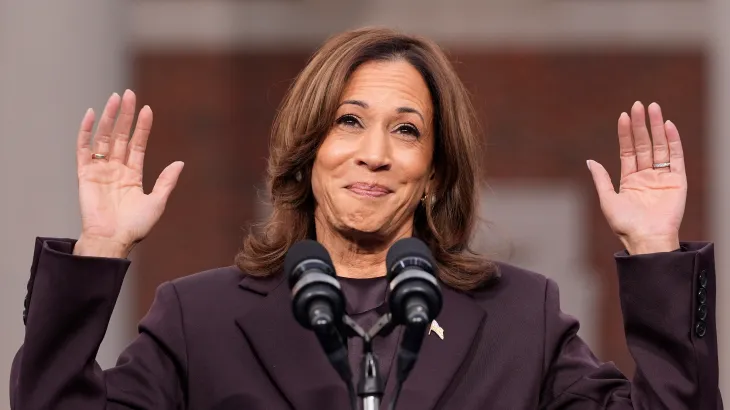US election result: Where did Harris and her campaign go wrong?

The pre-election predictions were clear: The contest between former President Donald Trump and Vice President Kamala Harris would be decided by the tiniest of margins.
But the final result of the US presidential election has seemingly defied those forecasts, with former President Donald Trump winning both the popular vote and the Electoral College comfortably.
So how badly has Harris done, and where did her campaign go wrong — so wrong that Trump could end up with the largest popular vote margin of victory for any Republican candidate in 36 years?
What was the outcome of the US election?
Trump has already won 295 Electoral College votes while Harris stands at 226. The majority mark is 270.
Although ballots for voting precincts in many swing states have not been called, including Michigan, Wisconsin, Philadelphia, Georgia, Nevada and Arizona, Trump has already been declared winner in five of them, because the lead he enjoys there exceeds the votes still to be counted.Nevada and Arizona are the only two states that have not yet been called, but pollsters now predict Trump should win both — which would put Trump’s final Electoral College count at 312 votes.
Trump has also already won nearly 73 million votes, compared to 68 million votes for Harris.
Prior to this election, George W Bush was the last Republican to win the popular vote 20 years ago. Bush won 62,040,610 votes and 286 electoral votes in comparison to Democratic nominee John Kerry, who secured 59,028,444 votes and 251 electoral votes.
The last time a Republican won the popular vote by a larger margin than the one Trump currently enjoys was Bush’s father, George HW Bush, in 1988.
Harris appears poised to lose all seven swing states. And the margin of her victory in decidedly “blue” or Democrat-leaning states has also shrunk. In the 2020 US election, Biden was up 16 points against Trump in New Jersey, for instance, whereas Harris won the state by only 5 points this time — that’s almost within the margin of error for many pollsters.She has also underperformed in neighbouring New York state, another deep blue stronghold. With 97 percent of votes counted, Harris has won by 11 percentage points. In 2020, Biden beat Trump in New York by 23 percentage points.
A late start?
More than two years ago, in 2022, a New York Times poll found that only 26 percent of Democrats wanted their president, Joe Biden, to represent the party again in the 2024 race. In other words, three out of four Democrats were calling for a new leader.
Yet, following the party’s success in the midterm elections that year, the Democrats decided to back Biden as their candidate for 2024.
It was only after a disastrous debate performance against Trump in June 2024 that Biden pulled out of the race the following month. Harris had only four months to prepare and run her campaign. Despite some calls for a primary process to elect the party’s new face, most heavyweight Democratic Party figures — including former President Barack Obama and wife Michelle — quickly endorsed Harris.
She was eventually nominated without a primary. That meant that Harris was never tested this year in a contest against other presidential aspirants from her own party — which had a fait accompli thrust upon it.
Mixed messaging: Different from Biden — or not?
Harris had to pick up the campaign baton in July from a deeply unpopular president, whose ratings had been hovering in the low 40s. After the Trump-Biden debate that pushed the Democratic Party to change its nominee, Trump led Biden 49 percent to 43 percent in approval ratings, according to a New York Times/Siena College poll.
The vice president tried to distinguish her campaign from Biden’s, promising that she was “turning the page” and that “we are not going back”. However, when pushed in interviews or on TV shows about Bidenomics — Biden’s economic policies — in particular, she struggled to differentiate herself from the president.
When asked whether there is anything she would have done differently than Biden over the past four years in an interview on The View in October, Harris responded, “There is not a thing that comes to mind in terms of — and I’ve been a part of most of the decisions that have had impact.”
This, at a time when approval of the economy is at a low, and inflation is yet to come down to pre-COVID-19 levels.
“There is not a thing that comes to mind” became a phrase that the Trump campaign would use in advertisements to portray Harris as an extension of Biden’s legacy, with accompanying taglines like “prices still rising”, and “illegal crossings surge”.








